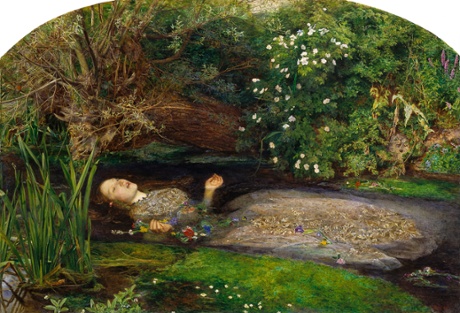
Bodies of Light by Sarah Moss is a historical novel set in 19th century Manchester. As we follow the growing-up years of the main character, Alethea “Ally” Moberly, until she earns her medical degree, we learn about the social and legal plights of women during the early suffrage movement in Britain. We also become acutely aware of the truly terrifying male attitudes towards women, particularly those held by the all-male medical establishment who were spectacularly ignorant of the female body.
The novel begins when artist Alfred Moberly weds Elizabeth. Throughout the book, Alfred works as an increasingly successful designer of elegant rooms and ornate fabrics for wealthy matrons. In stark contrast, his wife Elizabeth, austere and frugal, is a religious zealot and social activist devoted to feeding the destitute, to saving prostitutes, and to achieving equality for women. Motherhood was the last thing on her mind.
This strongly character-driven story focuses on the first-born Moberly daughter, Alethea and, to a lesser degree, her younger sister, May. Alethea -- meaning “truth” -- is intense, driven and very intelligent -- so much so that she wins a scholarship that enables her to become one of the first female students to read medicine in London. Yet despite her academic and intellectual strengths, Ally is emotionally fragile, exhibiting a life-long pattern of self-harm and experiencing frequent, debilitating anxiety attacks -- thanks to her mother’s physical cruelties and endless harsh criticisms. In contrast, younger sister May is more resilient, appearing to survive Elizabeth’s severe child-rearing practices unscathed.
Ally’s true passion was learning, so it was Elizabeth, not Ally, who decides that she should become a medical doctor. Elizabeth came to her decision because she resolved that women, especially poor women and prostitutes, should receive medical treatment from female doctors, who would respect their modesty and safeguard their vulnerability. Ally’s devotion to medical studies was motivated by her desire for her mother’s love and approval -- neither of which ever arrived, regardless of how successful she became.
Elizabeth Moberly is certainly easy to despise, but the author complicates matters by peeling back her heartless veneer early on to provide us with a glimpse of her own inner turmoil. It turns out that Elizabeth was also an unloved daughter who was physically tortured by her own religiously fanatic mother. In this passage, we gain insight into Elizabeth’s desperation; how trapped she felt by her newborn baby, and how, even as an adult, she was still tormented by her own mother’s impossible, now internalised, demands:
She woke up thinking of knives, took only porridge for her breakfast because even a butter-knife seemed a bad idea. She is still thinking of knives. The baby is still crying. For shame, Elizabeth, says Mamma, think of the club women, who care for four or eight children in a dwelling smaller than this drawing room, who only have a fire for cooking and that only there is money for coal, who work all day as well as rising at night with their infants. You disappoint me, Mamma says. That I should see a daughter of mine a sloven and a coward! Mamma is right, has always been right. She is weak. She is slovenly. The baby has defeated her. If she goes out, she is afraid she will buy laudanum, and if she stays in the house, there are knives. And fire, and the staircase. And windows high under the gable. The baby cries. She cannot pick it up because of the knives and laudanum. So she stands there, in the doorway, and the baby cries. The baby drives her to evil thoughts. Its perpetual screaming calls her towards damnation. Before the baby came, she was full of light.” [p. 44]
This thoughtful novel paints a rich portrait of sharp contrasts -- poverty versus wealth, austerity versus elegance, colour versus darkness, confinement versus display, marriage versus prostitution. Ally’s parents are a fascinating juxtaposition between unfettered imagination and rigid conformity, of enthusiastic independence and resigned submission. And then there’s Ally, lacking self-esteem, guilt-ridden and desperate to please her mother, who contrasts with her sister May, who somehow managed to remain unscathed by Elizabeth’s cruelties.
In addition to being a quietly intense reminder of how much women have achieved since Victorian times, Bodies of Light is a psychological, sociological and historical study of the history of medicine, of feminism, and of poverty in Victorian England.
A sequel is forthcoming.
Bodies of Light by Sarah Moss [320 pages, Granta Books, 2014; Guardian Bookshop; Amazon UK hardcover/paperback/audio download/Kindle UK; Amazon US hardcover/paperback/audio download/kindle US] is shortlisted for the 2015 Wellcome Trust Book Prize. The prize winner will be announced on 29 April 2015.
The Wellcome Trust invites your comments on the shortlisted books via Twitter using the hashtag #WellcomeBkPrize. They also have a dedicated twitter account for the prize @wellcomebkprize
.. .. .. .. .. .. .. .. .. .. ..
When she’s not got her nose stuck in a book, GrrlScientist is very active on twitter @GrrlScientist and sometimes lurks on social media: facebook, G+, LinkedIn, and Pinterest.

